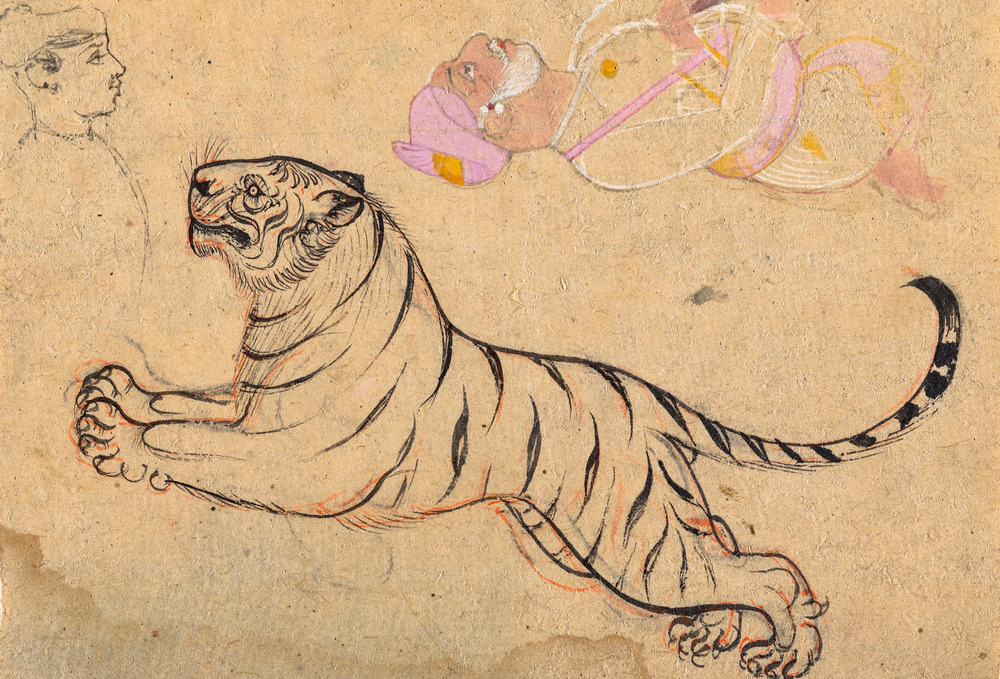news
Oscar Wilde Commemorated at Reading Prison
A new art exhibition at the prison where he was once incarcerated

During his two-year sentence at Reading Prison (1895–1897) Oscar Wilde was held in his cell 23 hours per day, forbidden from interacting with other inmates at all times. Those intimate with his biography hold the time directly responsible for his untimely death three years later at the age of 46. Now, the prison, which shuttered as a functioning detention center in 2013, is hosting a temporary art exhibition in the writer’s honor.
Production duo Artangel are curating “Inside: Artists and Writers in Reading Prison” with the permission of the British Ministry of Justice. The New York Times reports, they’ve organized the exhibit a-linearly, encouraging visitors to traverse the grounds on their own accord, encountering visual work that range from direct representations of Wilde to more abstract meditations on captivity. Former Chinese political prisoner Ai Weiwei headlines the impressive list of artists that also includes Nan Goldin, Marlene Dumas, and Ragnar Kjartansson. Their work, operating in a variety of mediums, appears in the halls, narrow high ceilinged prison cells, and resonant open common spaces.
Wilde’s former dwelling, a 4×2 yard alcove, is left bare. In neighboring units, viewers will find stacked vintage copies of Wordsworth, Keats, and Hafiz, some of the only texts the writer had access to in his second year of captivity. He was banned from all forms of reading and writing during the first. A large wooden door that lead to Wilde’s cell is the only item contemporary to his time at Reading on display.
De Profundis will also be central to the exhibition. The 50,000 word letter to his lover and friend Lord Alfred Douglas that Wilde produced while imprisoned reflects on his life as an artist and self-identified provocateur. It will be read aloud by series of noted authors, including Patti Smith and Colm Toibin. The durational performances will take between five and six hours each.
For those who aren’t familiar with the history, Wilde’s imprisonment started with a lawsuit he launched himself, accusing The Marquees of Queensberry of libel. The nobleman had publically denounced Wilde as a “posing sodomite,” a legal offense at the time. In court, Wilde conceded his case after Queensberry marshalled an excess of damning evidence obtained through a network of private investigators and harsh cross examination. Shortly after, Wilde was the one on trial, where he was convicted on charges of “gross indecency.”
Wilde’s time in prison inspired him in the years after his release. The posthumously published epic poem The Ballad of Reading Gaol, depicts the hanging of Charles Thomas Wooldridge, which occurred on the prison grounds during his incarceration. He also composed two long letters to the Daily Chronicle describing, in detail, the conditions at Reading and the necessity for British prison reform.









